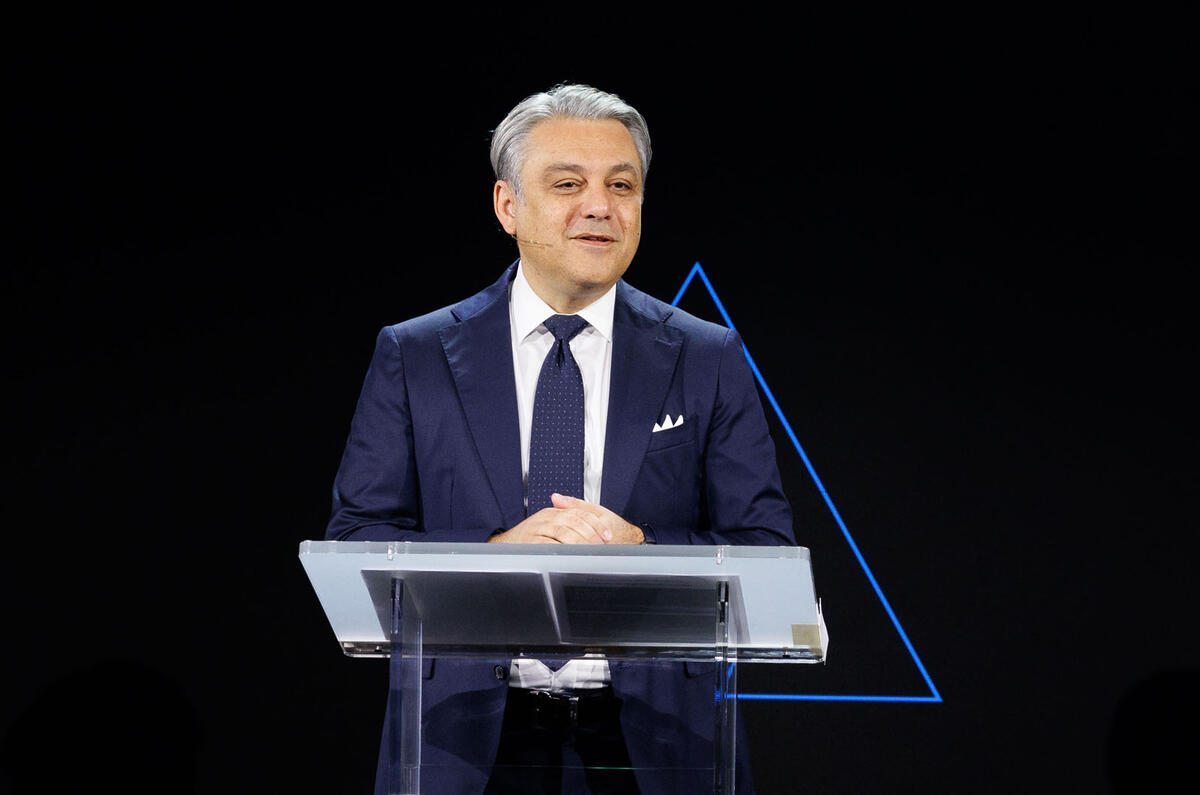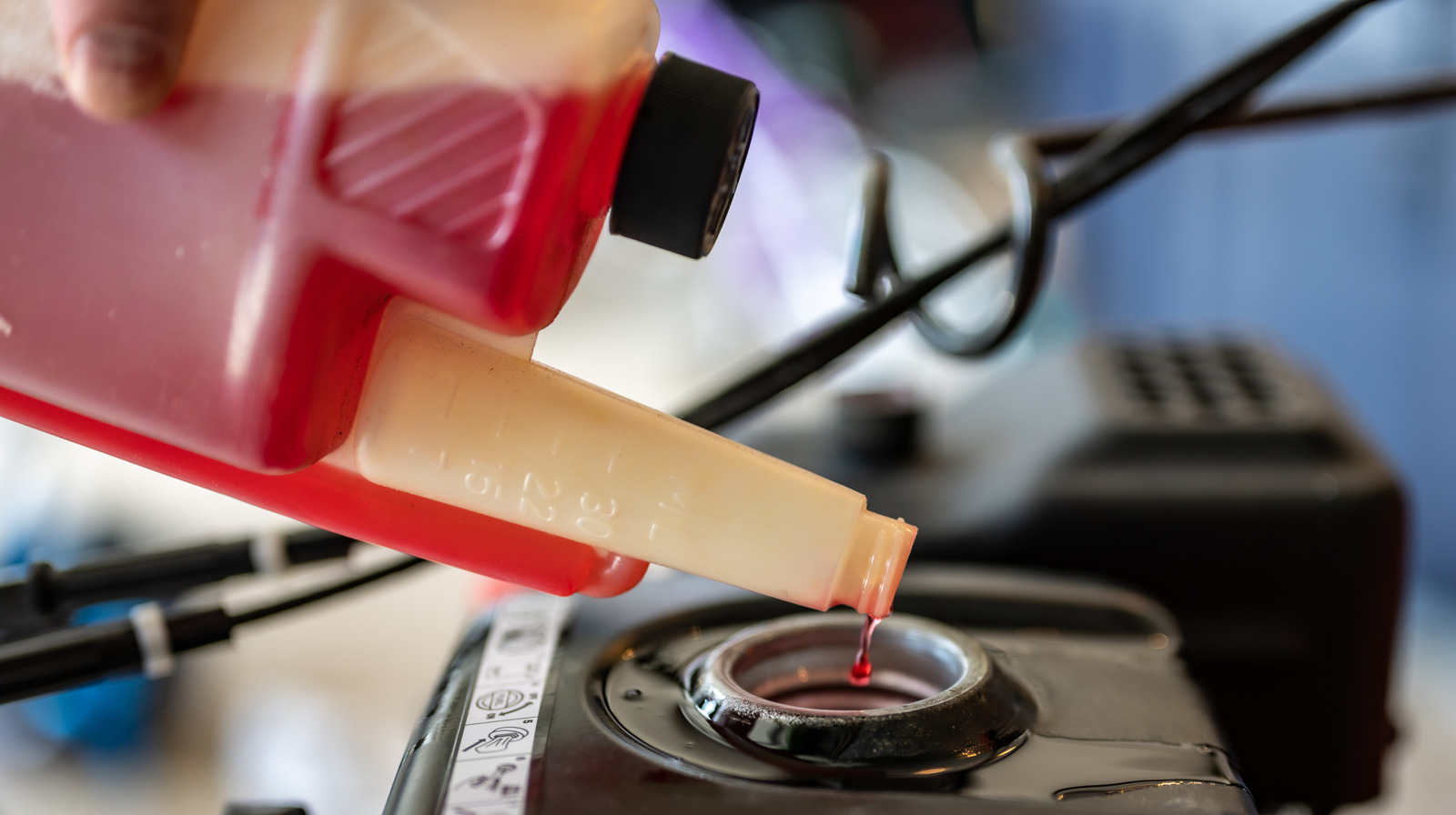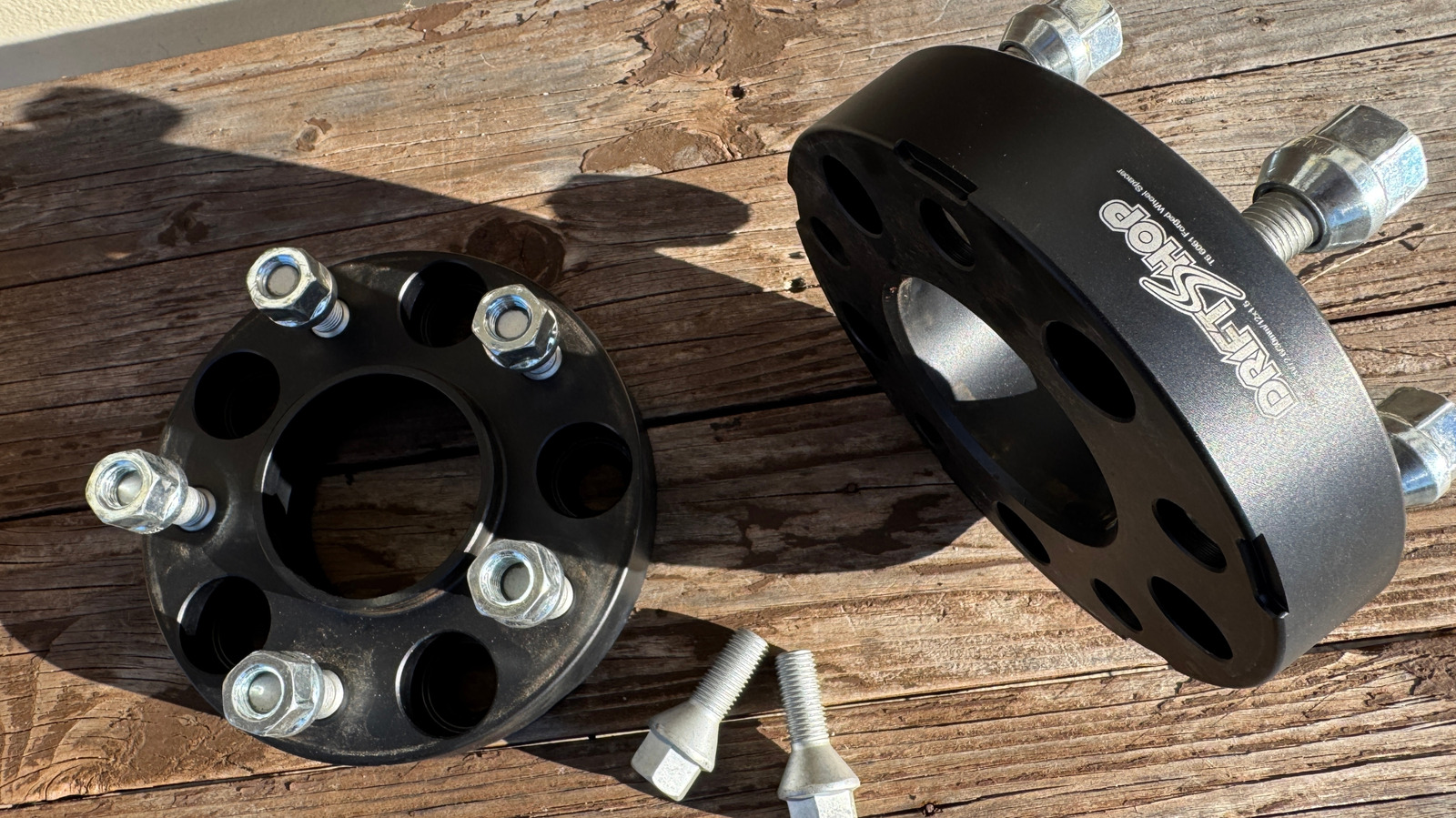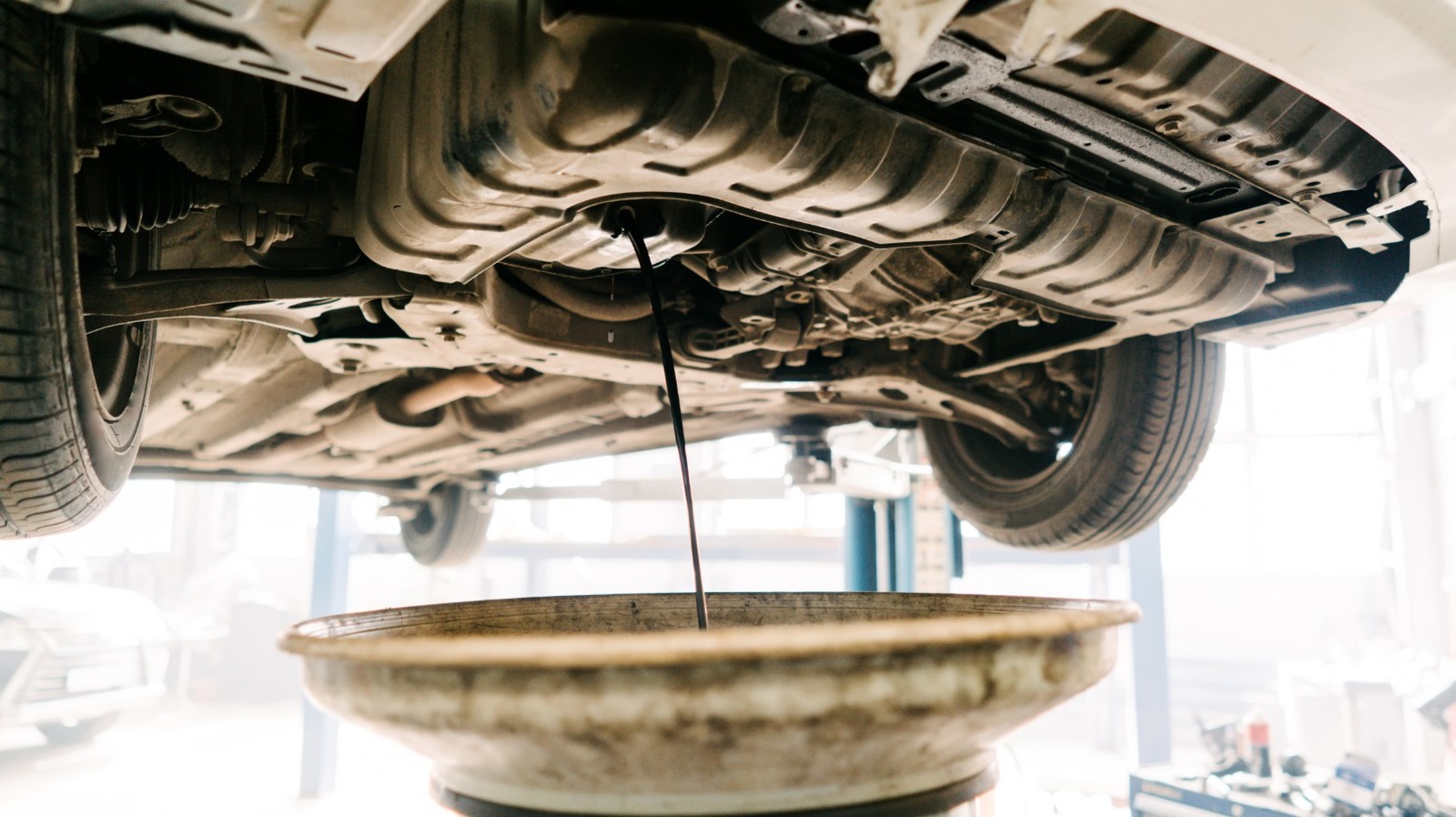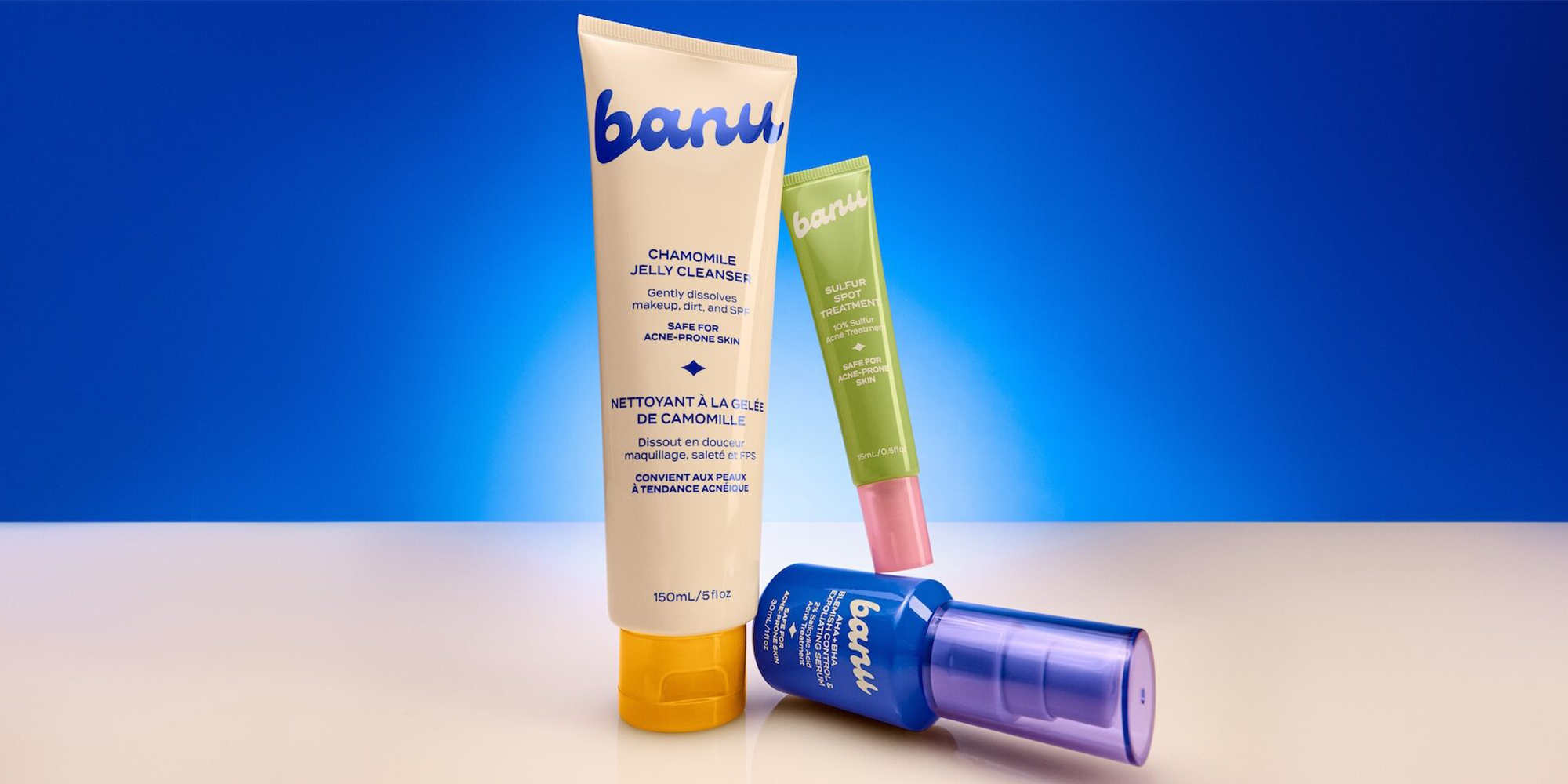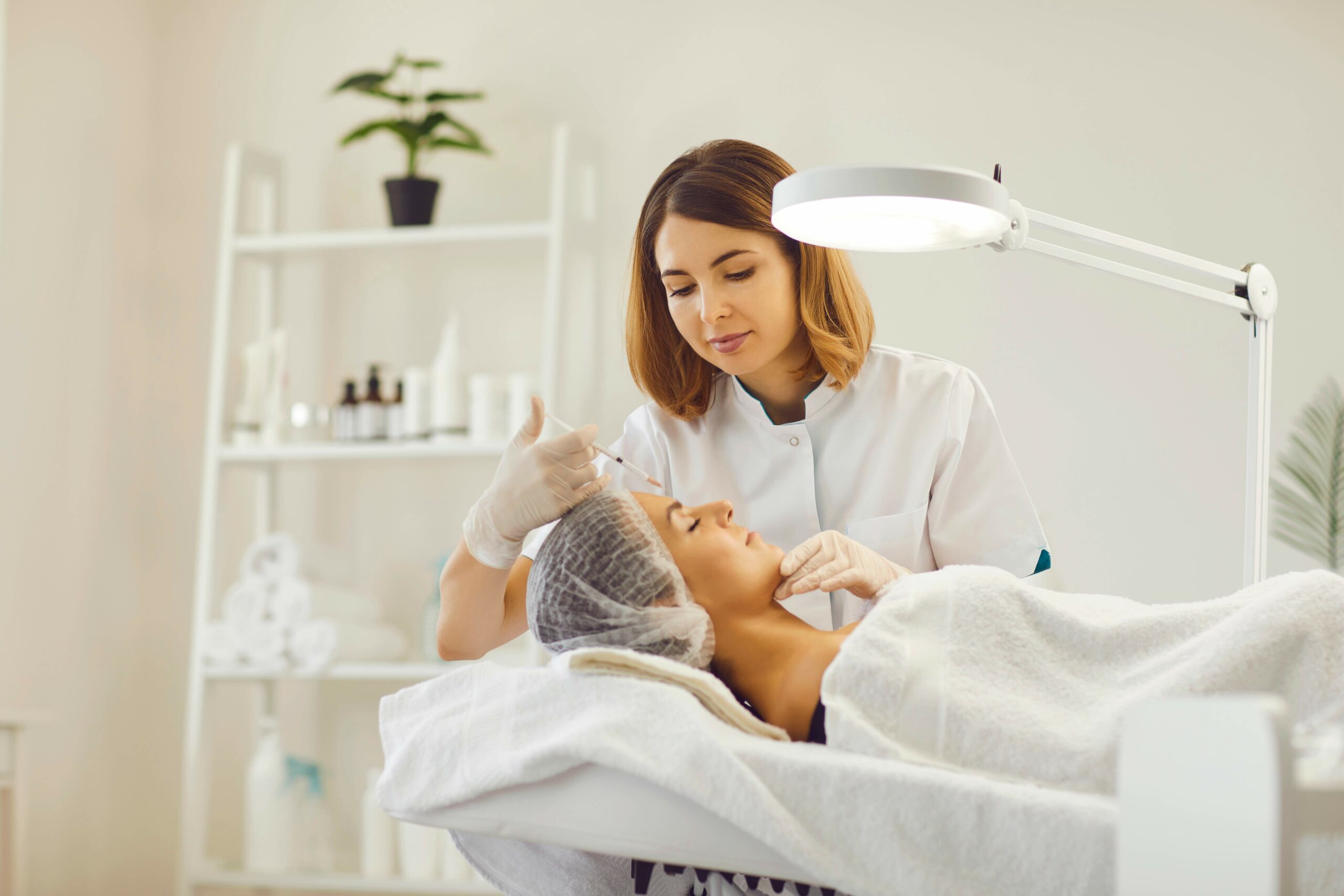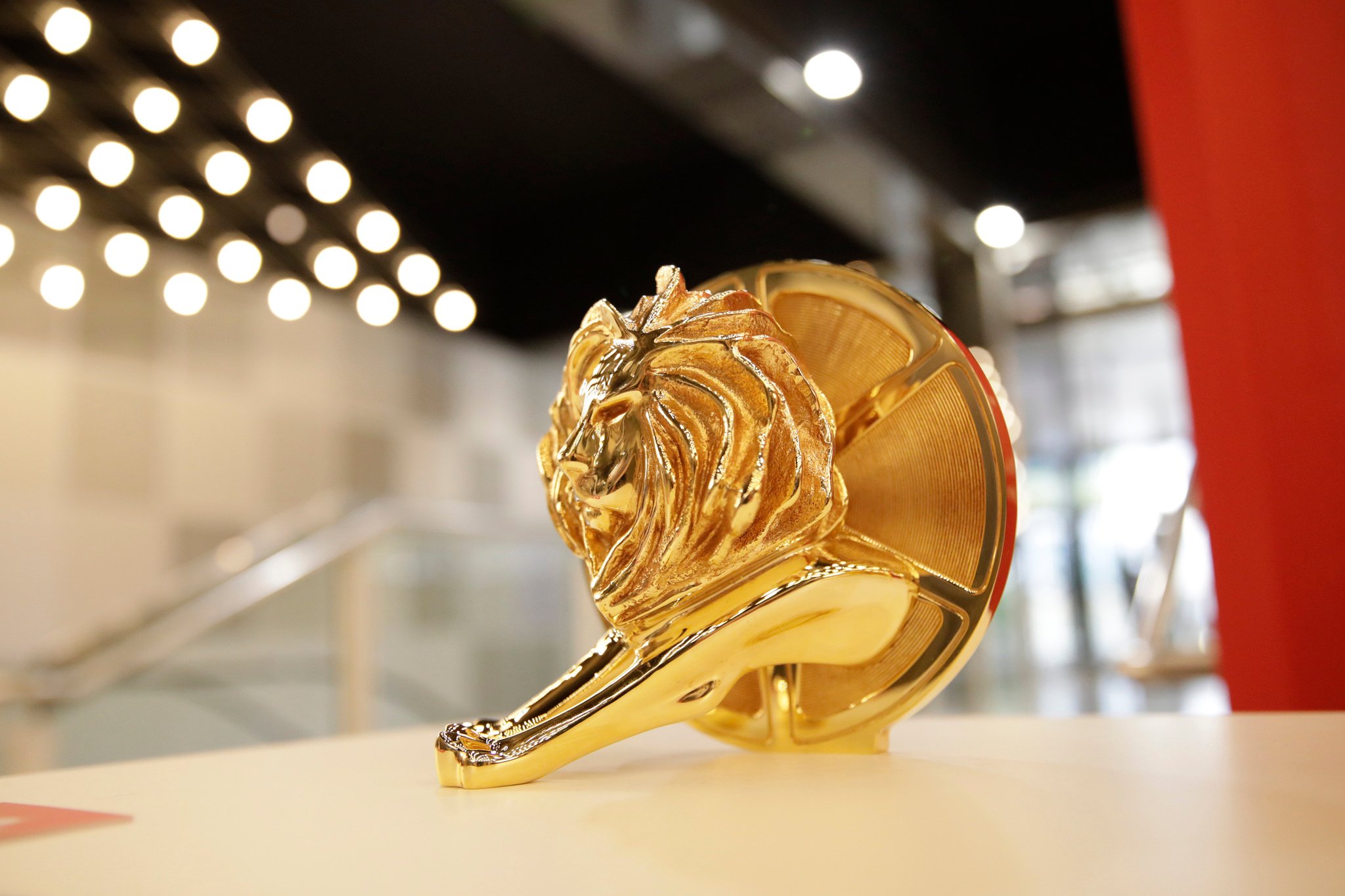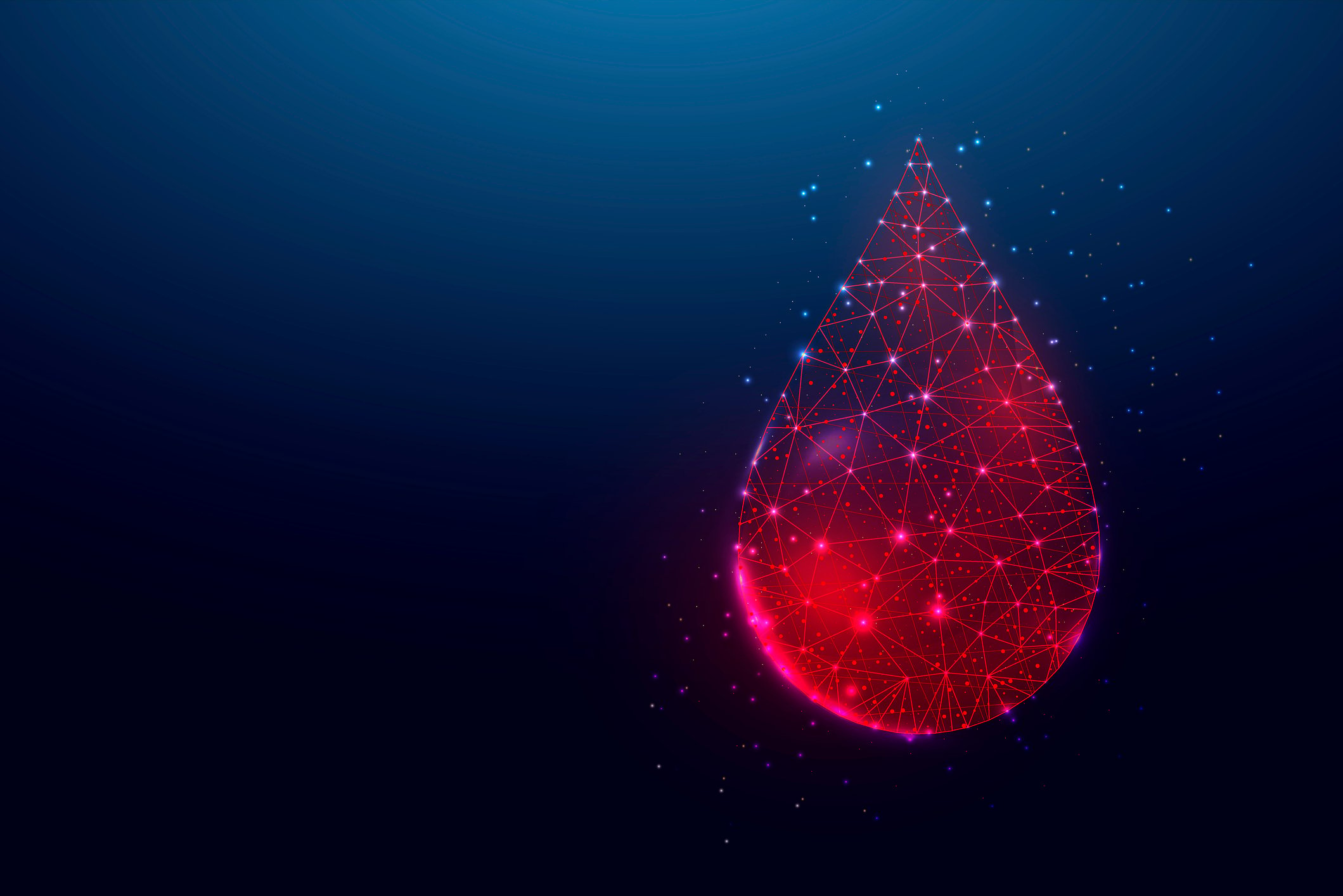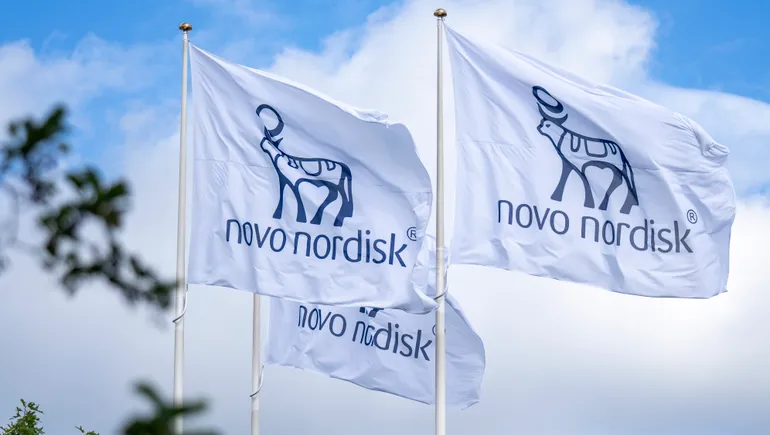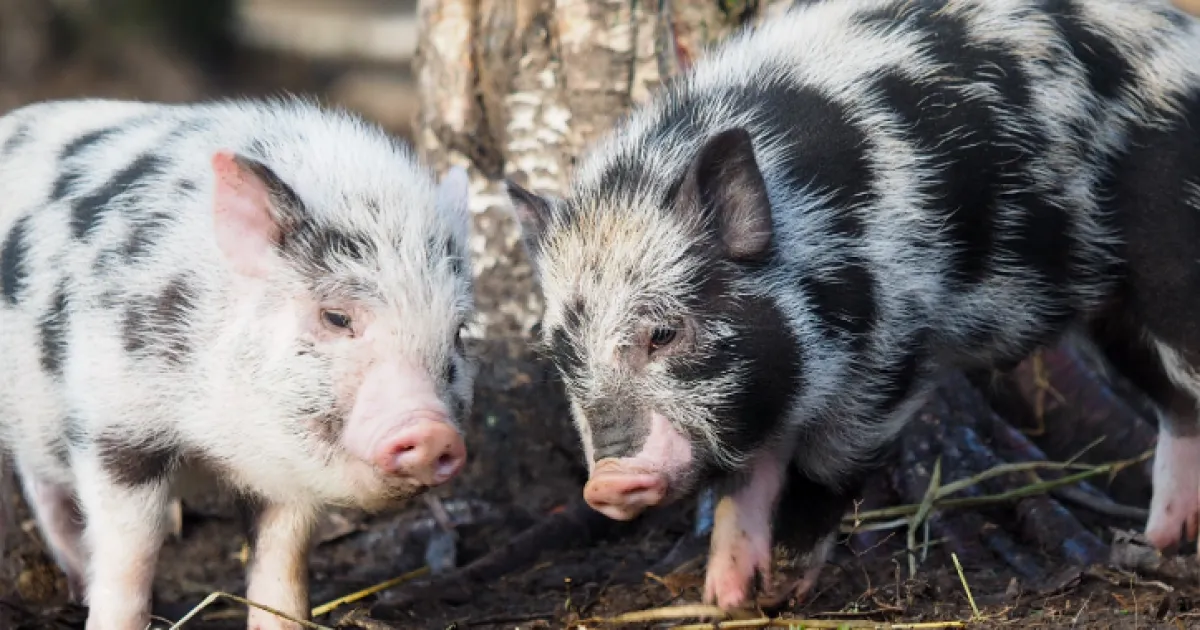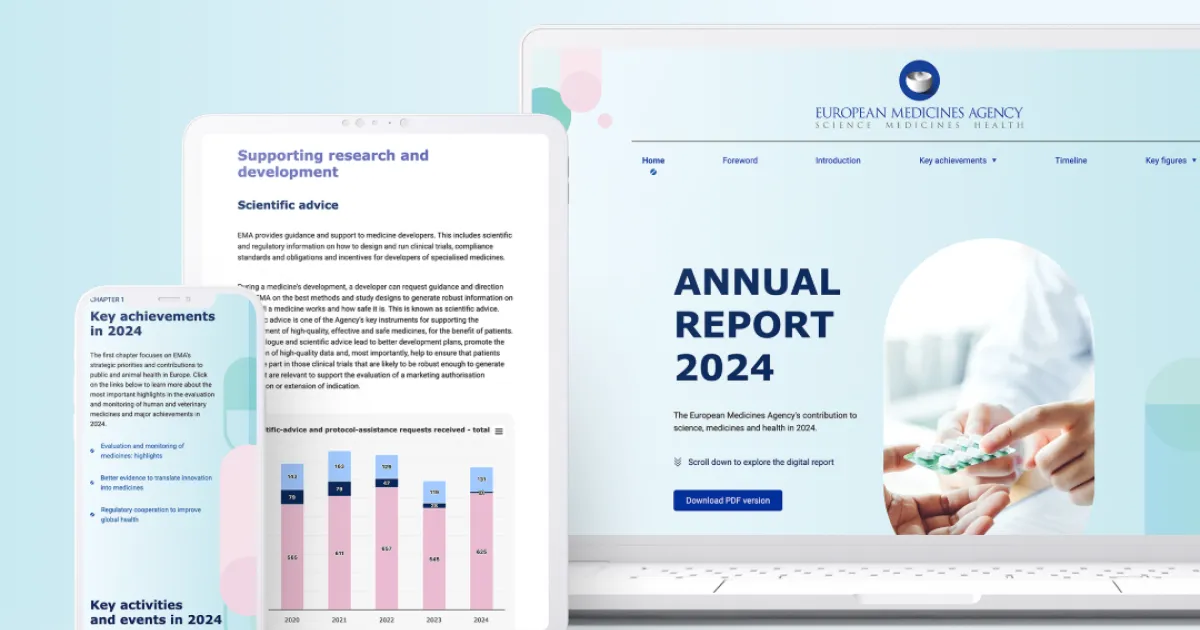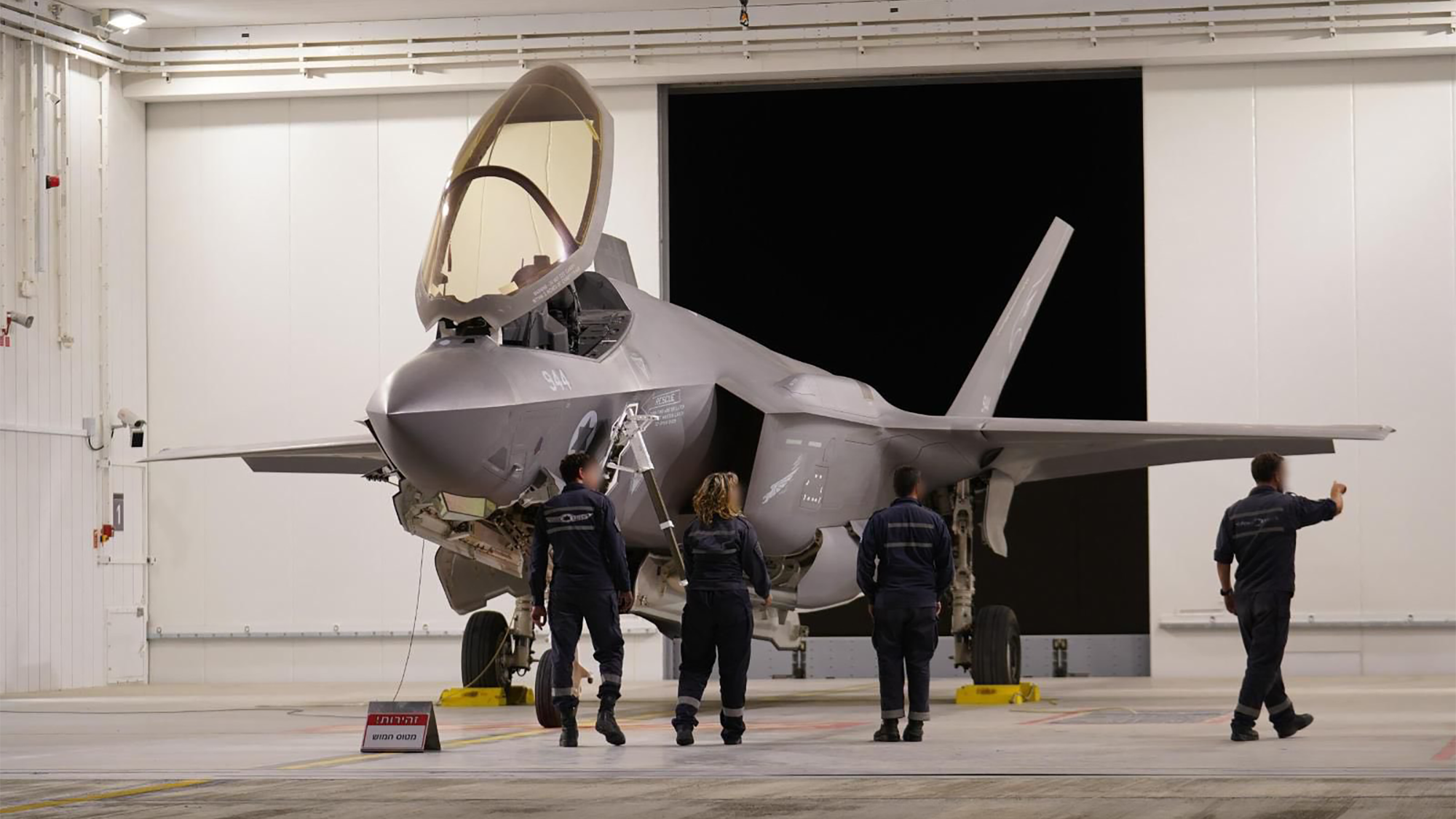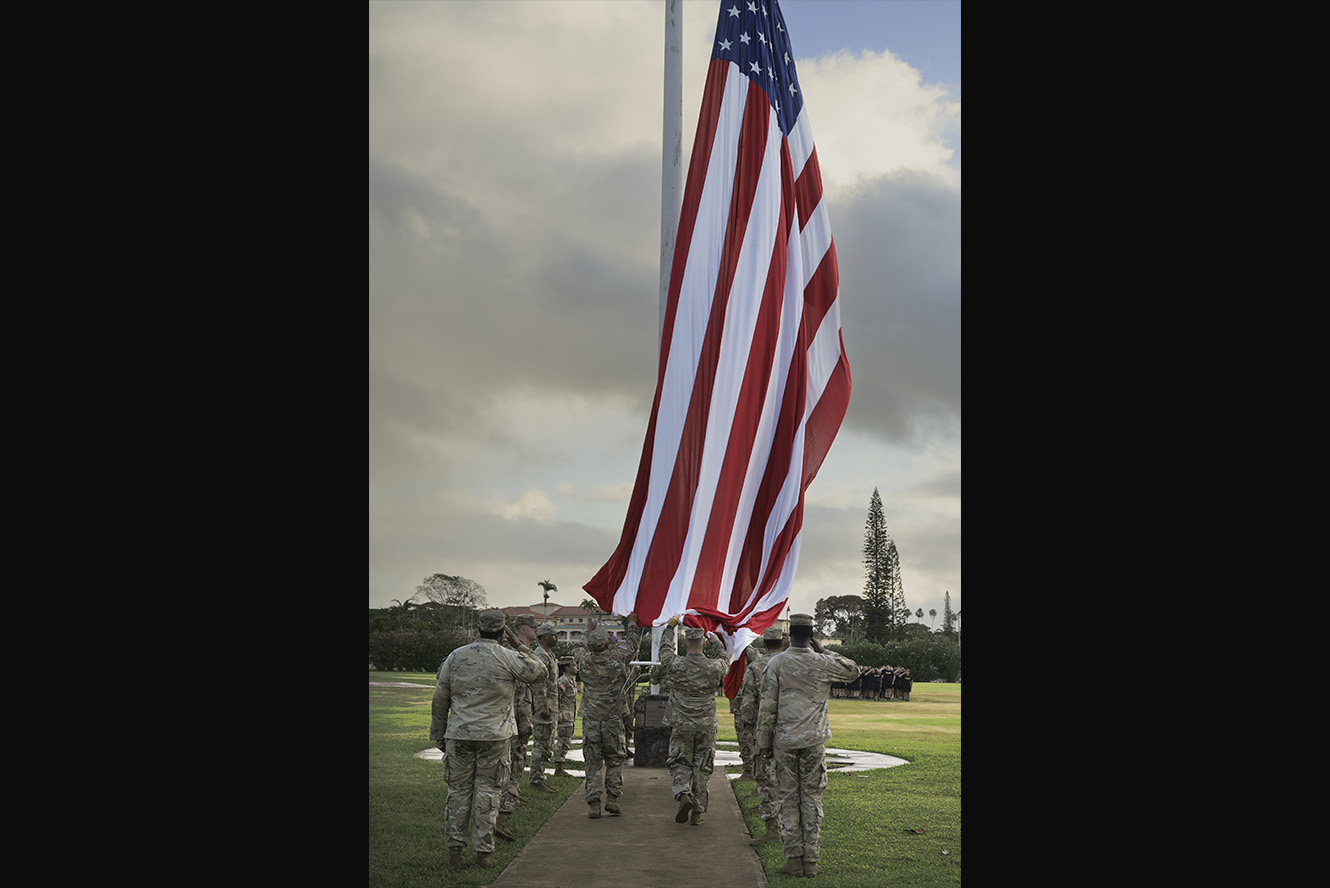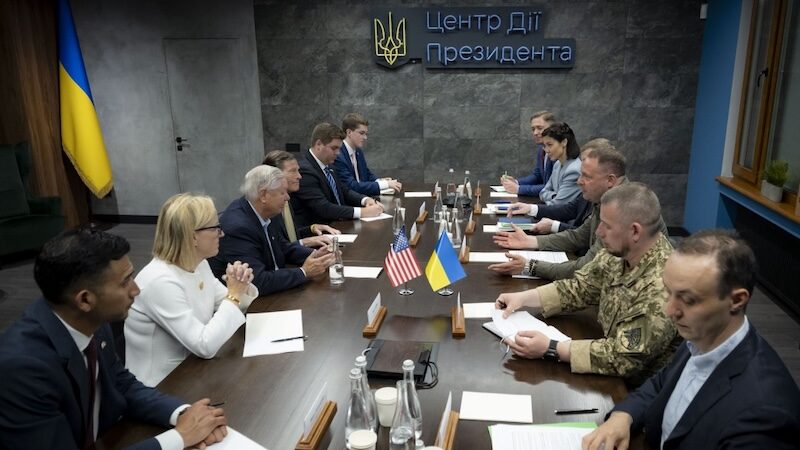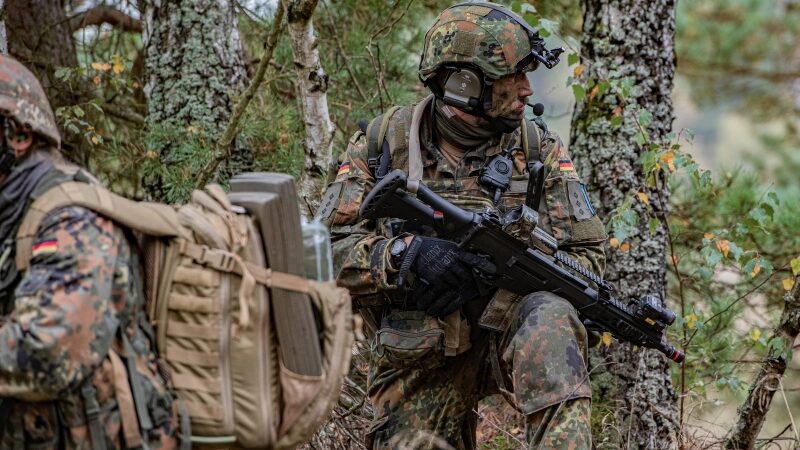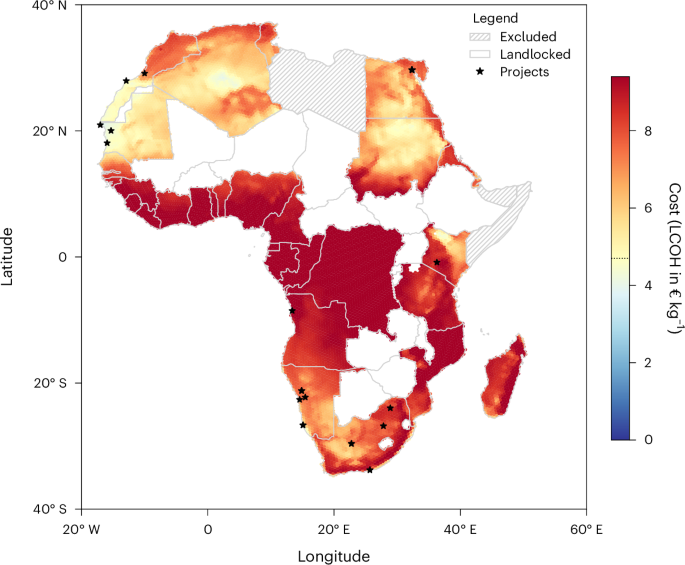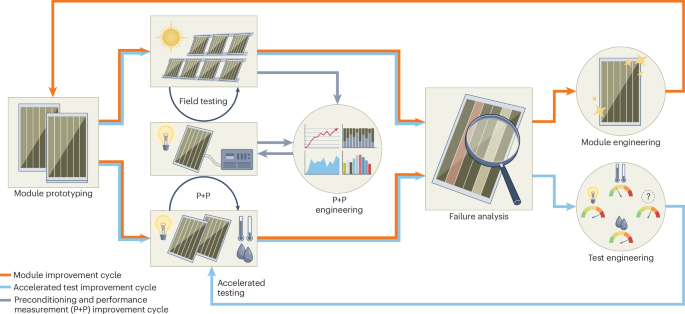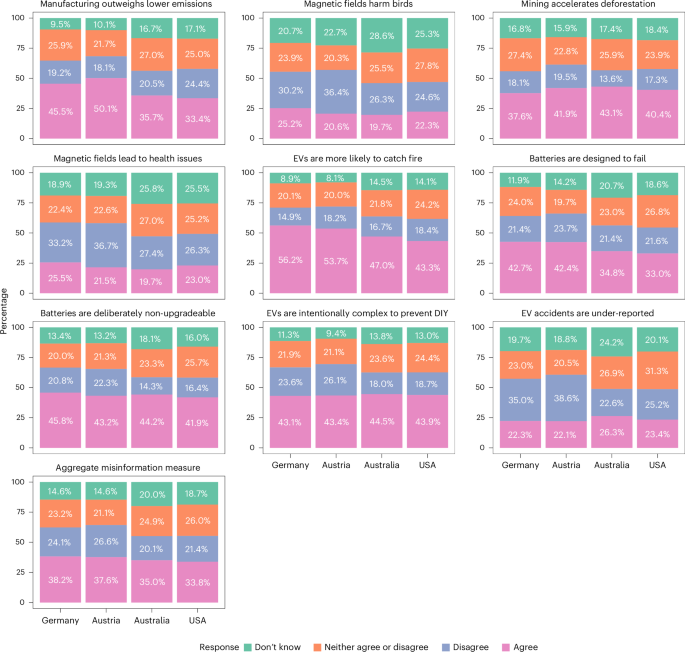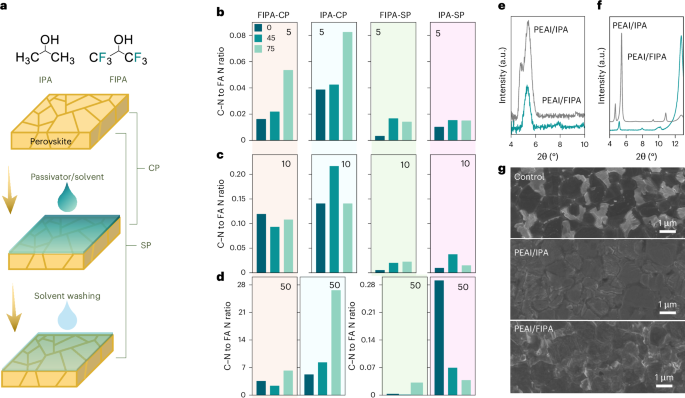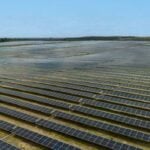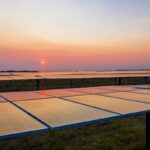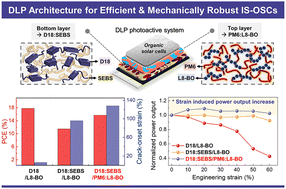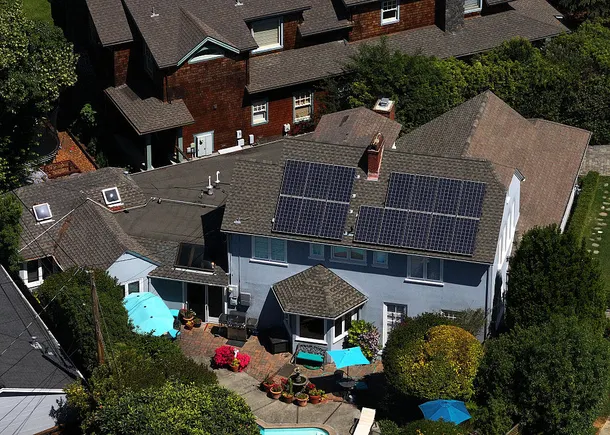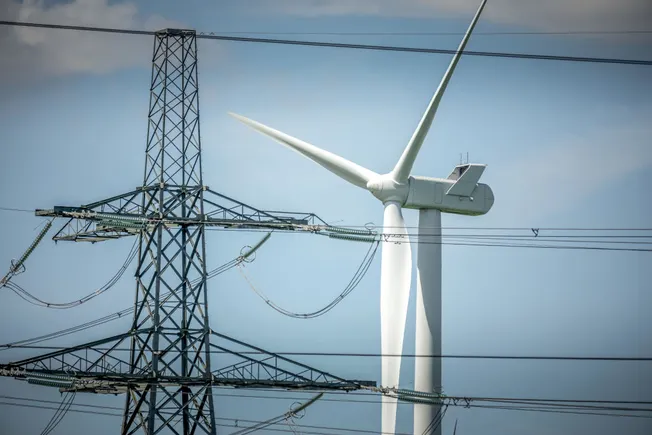The Treatment of Large Bone Defects with Atrophic Nonunion by Bioactive Scaffolds Remodeling the Regeneration Microenvironment
Advanced Healthcare Materials, EarlyView.

This study introduces a dual-function bioactive scaffolds integrating MnO2-Cu2+ nanoparticles and circular bone morphogenetic protein 2 (circBMP2). The bioactive scaffolds synergistically maintain both angiogenic and osteogenic functionalities under pathological hyper-oxidative stress conditions in vitro. In vivo experiments showed that the bioactive scaffolds promoted the healing of atrophic nonunion of radial bone defects in rabbits.
Abstract
Atrophic nonunion, a particularly challenging complication of diaphyseal bone fractures, arises from a deteriorated regenerative microenvironment characterized by insufficient vascularization and pathological accumulation of reactive oxygen species (ROS). To address this clinical challenge, a dual-function bioactive scaffolds is developed that simultaneously blocks disease progression and promotes tissue regeneration. The scaffolds design incorporates three key components: First, MnO2-Cu2+ (MC) nanoparticles are synthesized to combat the pathological microenvironment through dual mechanisms of ROS scavenging and angiogenesis promotion. Second, circular bone morphogenetic protein 2 (circBMP2) is engineered for sustained BMP2 expression to enhance osteogenic differentiation, with polyethylenimine-mediated surface conjugation onto MC nanoparticles. Finally, these MC-circBMP2 (MCB) complexes are integrated into a dopamine-modified demineralized bone matrix scaffolds to create a hierarchically structured regenerative platform. In vivo experiments showed that the bioactive scaffolds promoted the healing of atrophic nonunion of radial bone defects in rabbits by improving angiogenesis, scavenging ROS, and accelerating the osteogenic differentiation of endogenous cells. The above results indicate that the designed bioactive scaffolds can precisely block the pathology and rapidly initiate the regeneration of damaged tissue, providing theoretical guidance for the regeneration of pathological refractory tissue injuries.








